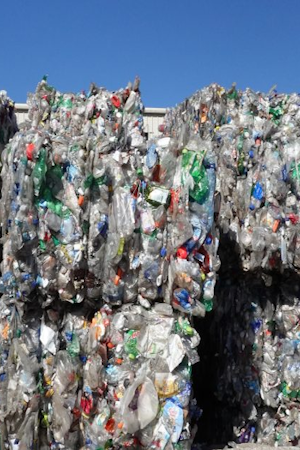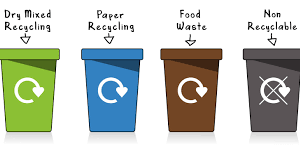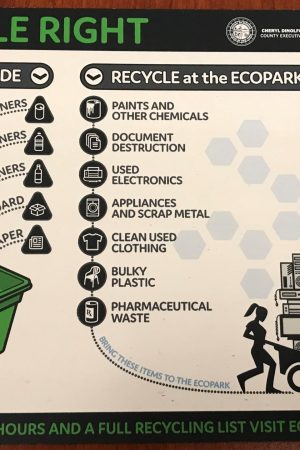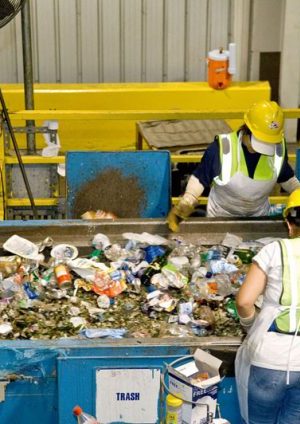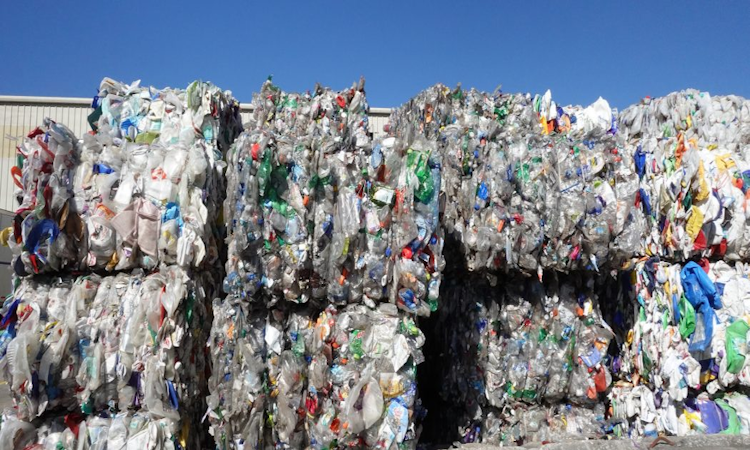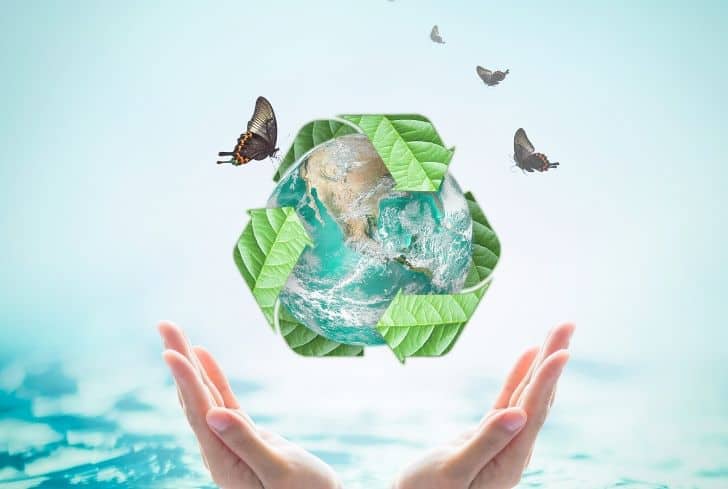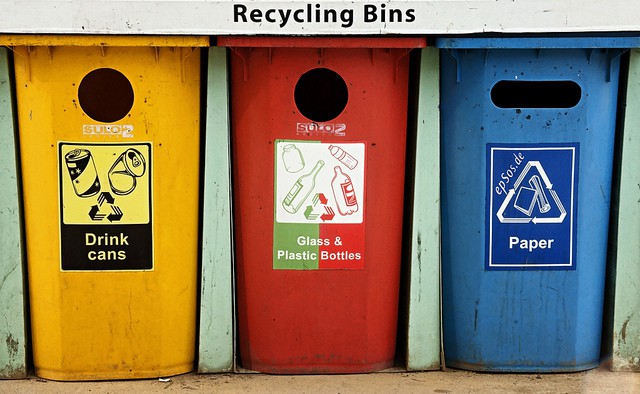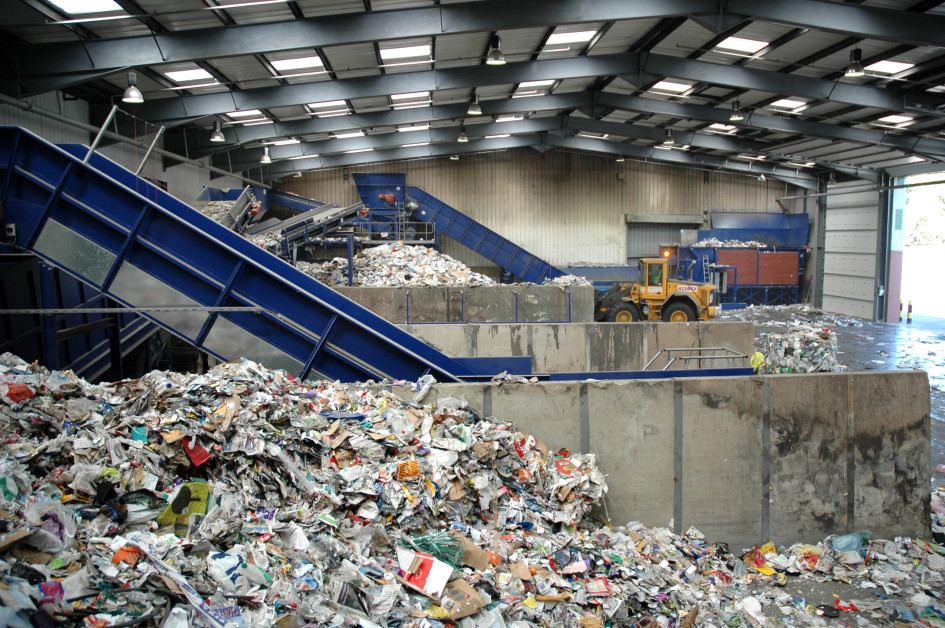Right now in Florida, plastic has invaded almost all surfaces, whether land or sea. In our daily lives, we use this material quite often. And once we no longer know what to do with it, we throw it away all the time. However, this is a material that takes years, even centuries, to degrade. We will then have to look as quickly as possible for ways to collect, treat and reuse this waste. Plastic pyrolysis is a method that scientists have found to be able to reuse this material as fuel.
How to get started with pyrolysis
Certainly, there are people who have not yet heard of this method. In reality, this is a technique that is not at all new. However, its concept is developing. You should also know that pyrolysis is not only for plastics. By definition, it is the thermal decomposition of organic materials with the aim of obtaining a carbonaceous solid, an oil or a gas. For plastic, distillation allows it to be transformed into fuel.
In any case, this process is accessible to everyone. You must have the necessary materials such as stainless steel tanks, copper tube, copper wall passes, butane or propane gas and of course plastic waste. It is best to use polypropylene or polyethylene plastics. First, the plastics are crushed then hermetically sealed in the first tank. The last two must be heated for the condensation of gases at high temperatures.
Then, the plastics are heated to 450 degrees. This combustion without oxygen will make it possible to obtain diesel, kerosene, gasoline and gas (1 kilo of plastic gives 800 grams of fuel). After about an hour, turn off the system and let it cool before opening the tanks. These fuels will be useful in several areas such as, for example, gasoline will be used for electricity. This is the basic way waste should be managed properly.
What are the advantages of pyrolysis
The plastic distillation process has many benefits for people and nature. On an environmental level, pyrolysis offers better control of plastic degradation, given that they will not disappear for centuries. Furthermore, fuels made from plastics also exhibit secondary reactions. However, this makes it possible to reduce the number of plastics which continue to increase. There is then a way to help get rid of these materials that are harmful to the environment. But plastic will never cease to have an effect regardless of the form it takes or the transformation it undergoes.
Pyrolysis is also a new form of recycling. With tons of plastic continuing to cover the earth, recycling is one of the best ways to combat this. They can be reused in the home, in gardening and many others. Yet only a handful of these plastics are recycled. Even though some plastics contain substances that are extremely dangerous for the environment, recycling is never a bad thing.
In any case, it is necessary to know that not all plastics are recyclable. As for pyrolysis, it allows these non-recyclable materials to be transformed. In addition, it is an energy recovery from plastic waste. Previously, landfilling was favored since it is the simplest and cheapest. However, landfilling is not a better solution because storage space and storage capacity are limited.
Fortunately, pyrolysis makes it possible to avoid huge stocks of plastics. It allows you to get rid of plastic waste, but in addition, offers it a new use in daily life. This is generally called waste recovery or waste revaluation.


